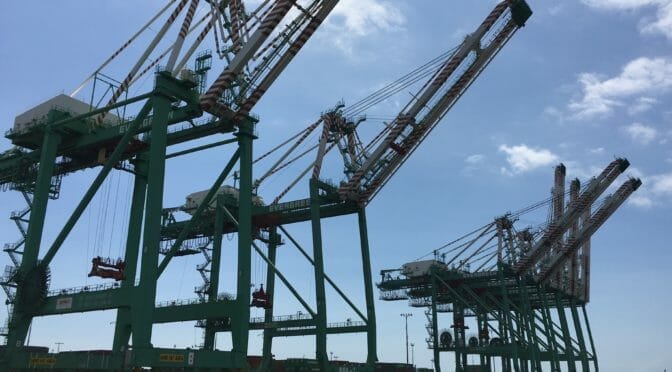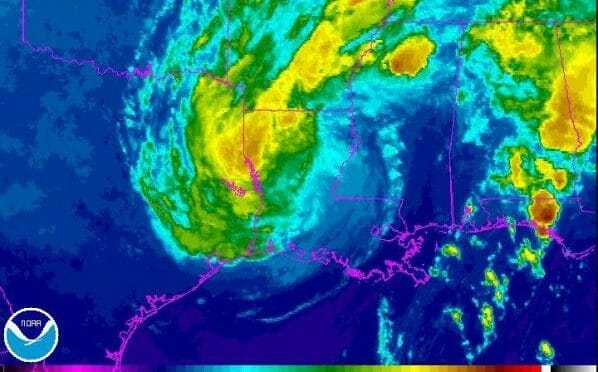Today’s post comes from guest author Charlie Domer, from The Domer Law Firm.
Note: in Washington State, coverage issues are very similar to those Mr. Domer describes in Wisconsin. – kc
Recovery from a work injury is more than just the physical aspect. After bones heal, joints are repaired, and spines are fixed, many workers still face psychological scars from the injury’s impact. Some workers suffer from post-traumatic stress disorder (PTSD) after a trauma. Workers with PTSD need to heal psychologically too.
The silver lining is that the Wisconsin workers’ compensation law covers that psychological treatment. An “injury” under Wisconsin law can be either physical or mental harm from the effects of an injury. If a worker experiences a psychological diagnosis (and need for treatment) stemming from a traumatic physical injury, the applicable legal standard is the same, as those for a physical injury. Specifically, the psychological care, and corresponding benefits (for lost time and permanency), is compensable if the physical work injury is the direct cause of the need psychological care or even if the injury aggravated, accelerated, and precipitated a pre-existing psychological condition beyond its normal progression. (i.e., if the work event made the person’s psychological condition permanently worse).
A purely mental/emotional stress injury, however, has a different, higher standard. These are claims where the worker alleges their workplace environment (without a physical injury) causes their psychological condition (examples would inlcude witnessing a horrendous event, a berating supervisor, or an unbearable workload). In these “mental-mental” circumstances, the worker must meet the extraordinary stress test–showing their experience was greater than the day to day emotional strains all workers must undergo. Suffice to say, this is a tough standard for most workers to meet, making these claims difficult to pursue.
In stark contrast, if a worker suffers a physical injury and then begins to experience PTSD, such claims and medical treatment expenses generally are compensable–if the psychologist or psychiatrist provides their support. Medical support for the psychological condition and care is key.
A recent article in the Milwaukee Journal Sentinel offers excellent insight for PTSD sufferers following a traumatic incident: Life After a Car Crash: Could You Be Experiencing PTSD? In the article, Dr. Terri deRoon-Cassini seeks to spread awareness of the prevalence of PTSD symptoms and need for treatment after an accident. She offers a litany of specific symptoms that individuals may experience in their post-injury recovery, including:
- intrusive flashbacks/nightmares
- avoidance behaviors
- hyper-arousal, or
- negative mood/thinking.
More importantly, Dr. deRoon-Cassini higlights the need for proper and timely psychological care–along with the ability to achieve a positive recovery.
Workers can receive compensation during their psychological recovery, as well as vocational benefits if their psychological limits do not allow a return to their pre-injury employment. No matter what, injured workers need to be aware of their psychological/emotional state and to not be afraid to get the needed psychological care.




























